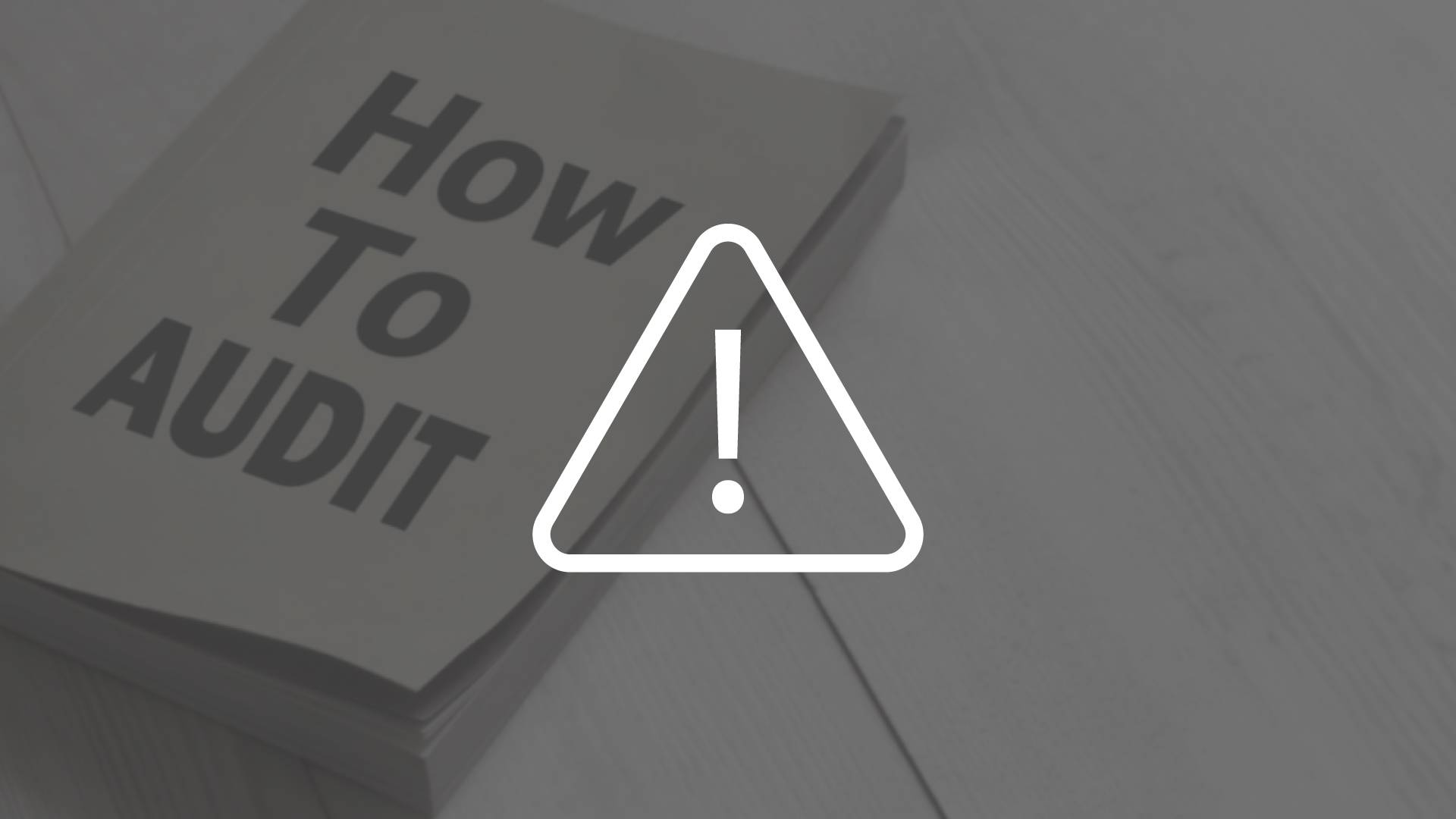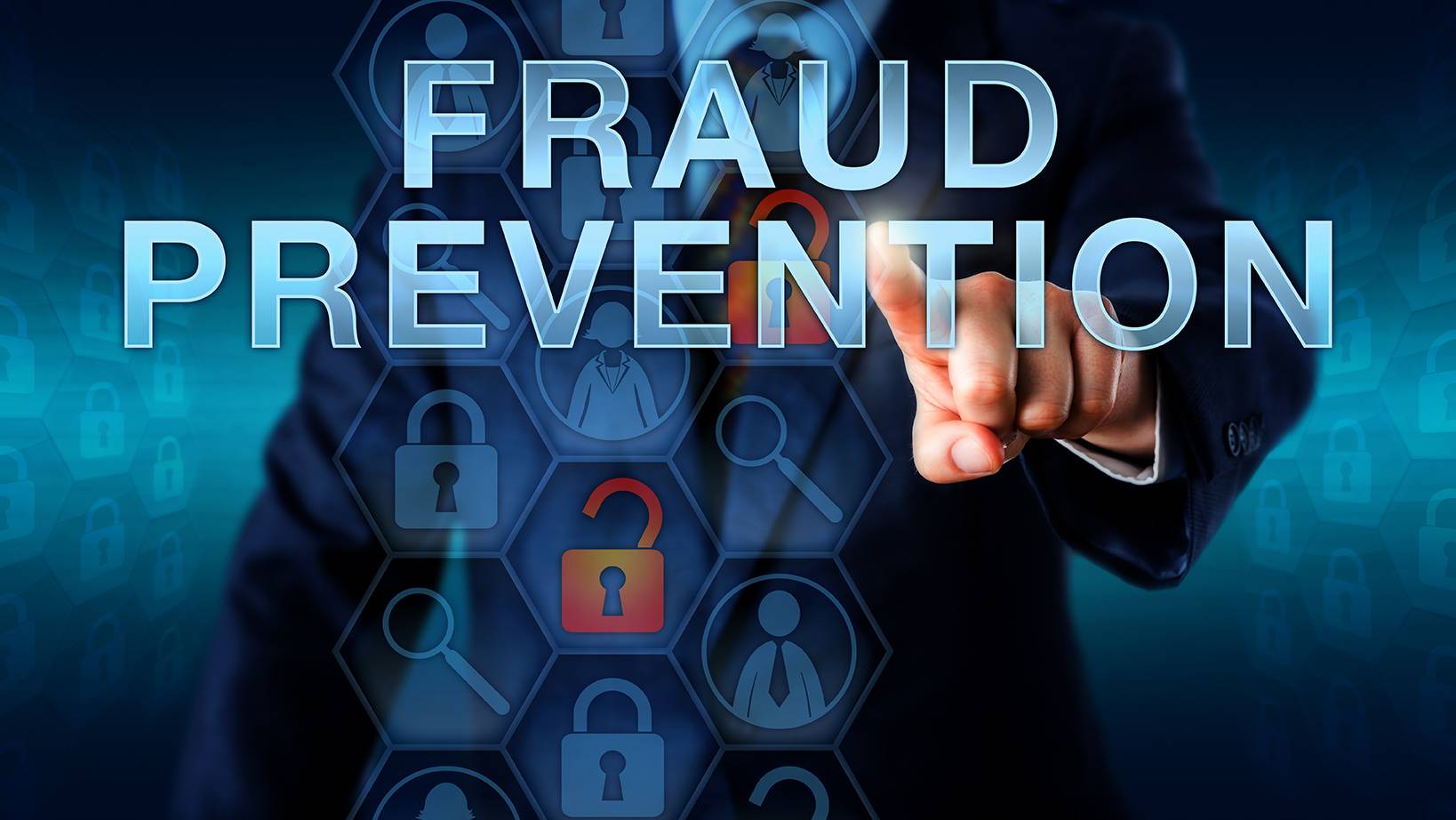Self-Study
How to Conduct an Audit Engagement
Learn to conduct audit engagements with letters to final reports and guidance for efficient, thorough audits.

$391.00 – $431.00
Webcasts are available for viewing Monday – Saturday, 8am – 8pm ET.
Without FlexCast, you must start with enough time to finish. (1 Hr/Credit)
Please fill out the form below and we will reach out as soon as possible.
CPE Credits
17 Credits: Auditing
Course Level
Overview
Format
Self-Study
Course Description
The auditor needs to conduct audits as efficiently and thoroughly as possible. In How to Conduct an Audit Engagement, we describe every aspect of an audit engagement, including the engagement letter, audit planning, audit sampling, audit evidence, fraud considerations, audit documentation, auditor reports, and much more. Throughout the audit CPE, there is an emphasis on the practical aspects of auditing. This audit engagement CPE course is derived in part from the Statements on Auditing Standards.
Learning Objectives
Upon successful completion of this course, participants will be able to:
- Recognize the situations in which engagement risk increases.
- Identify the situations in which an auditor could be charged with negligence.
- Specify how to reduce audit risk to an acceptably low level.
- Define a material misstatement.
- Identify detection risk reduction strategies.
- Specify how to determine when an audit objective has been achieved.
- Recognize the different planning documents used in an audit.
- Recognize the activities involved in gaining an understanding of the client.
- Identify the circumstances under which a client’s accounting policies are a particular concern.
- Identify the circumstances under which the auditor might use a client’s internal audit function.
- Specify the different types of risk assessment procedures.
- Describe the use of prior audit information by the auditor.
- Recognize the different types of risks of material misstatement.
- Specify the indicators of risks of material misstatement.
- Recognize the various types of benchmarks that could be used as a materiality threshold.
- Identify the types of service auditor reports on the effectiveness of a service organization’s controls.
- Identify the contents of and best practices for an engagement letter.
- Specify how tests of controls can reduce the need for substantive procedures.
- Specify the uses to which computer assisted audit techniques can be put.
- Identify the characteristics of nonstatistical sampling.
- Recognize the components of audit risk.
- Specify the nature of attribute sampling.
- Describe how to use a sampling unit to maximize sampling efficiency.
- Specify the nature of the tolerable rate of deviation.
- Recognize how sequential sampling works.
- Cite the proper documentation for tests of controls.
- Identify the various indicators of fraud.
- Specify the situations in which a misstatement should not be extended to an entire population.
- Recognize the various alternative sources of audit evidence.
- Describe the nature of the relevance and reliability concepts.
- Identify the audit procedures pertaining to the audit of cash.
- Specify the audit procedures pertaining to the audit of investments.
- Recognize the audit procedures pertaining to the audit of receivables.
- Identify the audit procedures pertaining to the audit of inventory.
- Identify the audit procedures pertaining to the audit of fixed assets.
- Specify the audit procedures pertaining to the audit of liabilities.
- Recognize the phrases used by attorneys to indicate the outcomes of lawsuits.
- Specify the audit procedures pertaining to the audit of equity.
- Identify the situations in which negative and positive confirmations should be used.
- Recognize the situations in which analytical procedures should be used.
- Recognize the issues that can impact the precision of an analytical procedure.
- Identify the precision levels of the various types of audit testing.
- Identify the probable causes of unexpected variances.
- Describe the situations in which an accounting estimate may have high estimation uncertainty.
- Identify the components of the fraud triangle.
- Specify who is responsible for fraud prevention and detection.
- Recognize the pressures for a client to falsify its financial statements.
- Describe the appropriate staffing for an engagement where the presence of fraud is suspected.
- Identify the characteristics of fraudulent journal entries.
- Specify the signs that a document has been altered.
- Specify who should sign off on the written representations document.
- Define the unique characteristics of the liquidation basis of accounting.
- Identify the types of laws or regulations that could impact a client’s financial statements.
- Recognize the procedures that may be used by a client to ensure its compliance with laws and regulations.
- Recognize how one might identify which components are significant at the group level of a group audit.
- Cite the circumstances under which there could be a risk of material misstatement in a group audit.
- Specify the situations in which an auditor may elect to use the work of a specialist.
- Recognize which documents should be included in audit working papers.
- List the auditor’s objectives in relation to subsequent events.
- Identify the indicators of a related party relationship.
- Recognize the characteristics of an arm’s length transaction.
- Recognize the various elements of independence for the auditor.
- Cite the different types of financial interest that an auditor may have in a client.
- Identify the circumstances under which an employment arrangement could impact an auditor’s independence.
- Recognize the issues for an auditor when accepting a gift from a client.
- Specify the different types of audit opinions.
- Identify the situations in which it may be difficult to identify those charged with governance of a client.
- Identify the different designations for control weaknesses and deficiencies.
- Recognize the situations in which an engagement team relies on a system of quality control in the conduct of an audit.
Course Specifics
SS924380996
April 23, 2024
There are no prerequisites.
None
377
Compliance Information
CFP Notice: Not all courses that qualify for CFP® credit are registered by Western CPE. If a course does not have a CFP registration number in the compliance section, the continuing education will need to be individually reported with the CFP Board. For more information on the reporting process, required documentation, processing fee, etc., contact the CFP Board. CFP Professionals must take each course in it’s entirety, the CFP Board DOES NOT accept partial credits for courses.
Meet The Experts

Steven M. Bragg, CPA, is a full-time book and course author who has written more than 300 business books and courses. He provides Western CPE with self-study courses in the areas of accounting and finance, with an emphasis on the practical application of accounting standards and management techniques. A sampling of his courses include the The New Controller Guidebook, The GAAP Guidebook, Accountants’ Guidebook, and Closing the Books: An Accountant’s Guide. He also manages the Accounting Best Practices podcast. Steven has been the CFO or controller of both public and private companies and has been a consulting manager with Ernst & Young and …
Related Courses
-
 Auditing
Auditing
Computer Fraud and Abuse
Marshall Romney, CPA, PhD, CFE QAS Self-Study
Credits: 6 $174.00
QAS Self-Study
Credits: 6 $174.00$174.00 – $204.00
-
 Auditing
Auditing
How to Audit for Fraud
Steven M. Bragg, CPA QAS Self-Study
Credits: 3 $87.00
QAS Self-Study
Credits: 3 $87.00$87.00 – $107.00
-
 Auditing
Auditing
Fraud Prevention, Detection, and Audit
Marshall Romney, CPA, PhD, CFE QAS Self-Study
Credits: 9 $261.00
QAS Self-Study
Credits: 9 $261.00$261.00 – $291.00
